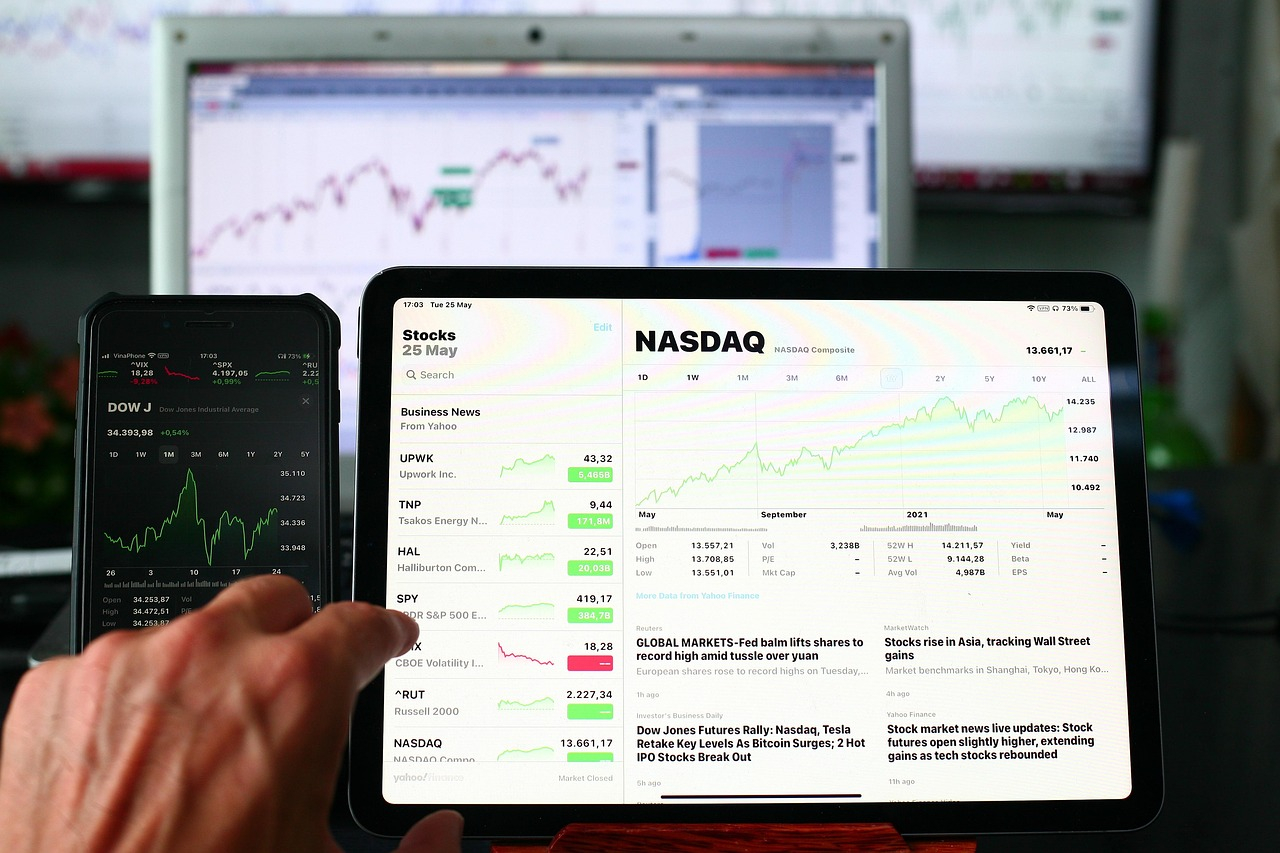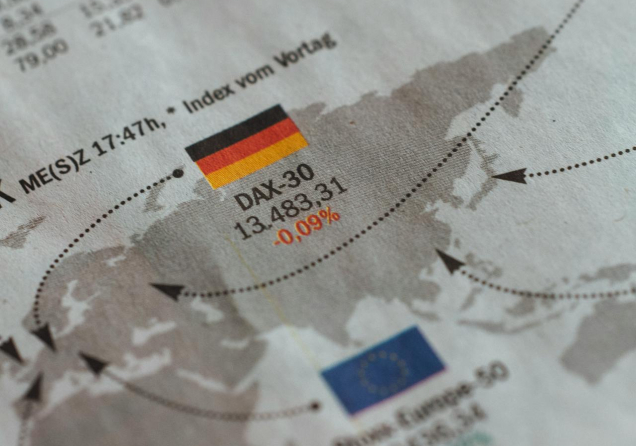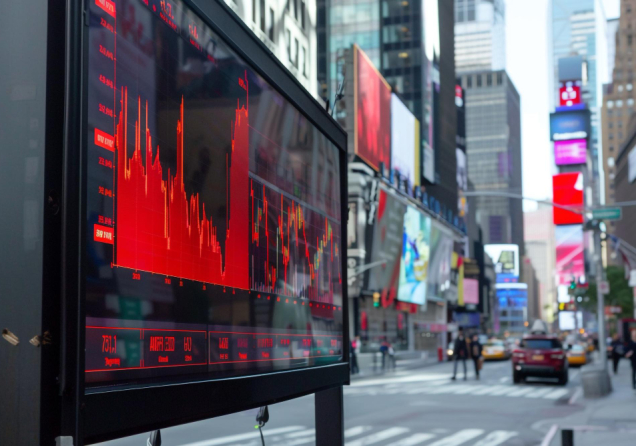Best Indices for Day Trading
If you’re getting into day trading, you’ve probably heard a lot about trading indices, and honestly, there’s a good reason for that. Indices have become an asset for active traders thanks to their high liquidity, solid price moves, and easy market access. Instead of chasing dozens of individual stocks, you can trade a whole basket of companies at once. Way simpler, right?
In this guide, we’ll dive into why indices are a go-to choice for day traders and highlight some of the best ones to keep on your radar.
| Disclaimer: The information provided in this article is for educational and informational purposes only and does not constitute financial or investment advice. Trading indices involves risk, and you should consult a qualified financial advisor before making any investment decisions. |
Why Day Traders Love Indices
Regarding day trading, speed, efficiency, and the ability to ride price swings are everything. Indices tick all those boxes and then some. Let’s break it down:
- Built-In Diversification- One of the best perks? Instant diversification. Instead of betting everything on a single stock, you’re trading an entire group of companies across different sectors. If one stock takes a hit, it’s unlikely to tank your whole position. Safer, smarter, and just makes more sense.
- High Liquidity- Liquidity is the lifeline of day trading. You want to be able to jump in and out of trades without getting stuck. Big-name indices like the S&P 500 and NASDAQ 100 offer tons of liquidity, meaning your trades get filled fast, spreads stay tight, and slippage is kept to a minimum.
- Volatility Means Opportunity - In day trading, price movement is your best friend. The bigger and sharper the swings, the more chances you have to jump in, grab profits, and move on. Indices often see strong intraday moves, especially during big news events, giving traders lots of chances to catch momentum. Just remember: big moves can cut both ways, so managing your risk is crucial.
- Lower Costs, Less Stress - Trading individual stocks can get complicated fast (not to mention expensive). When you trade indices through ETFs, futures, or CFDs it’s usually simpler and cheaper. You’re opening one position and getting exposure to a whole bunch of companies at once. Fewer moving parts, less noise, better focus.
Top Indices for Day Trading
Not all indices are built the same. Some have just the right mix of volume, volatility, and clean price action that day traders love. Here are the ones you’ll hear about (and should be watching):
S&P 500 (SPX)
If you want consistent movement and a reliable feel, the S&P 500 is your best bet. It tracks 500 of the largest U.S. companies across tech, healthcare, finance, and more. It’s often considered the gold standard. It has deep liquidity, moves smoothly and reacts quickly to major events.

NASDAQ 100 (NDX)
Looking for bigger, faster moves? The NASDAQ 100 is where the action’s at. It’s packed with tech heavyweights like Apple and Microsoft, so it tends to be a bit more volatile than the S&P 500. Great for traders who like strong, sharp price swings but you’ll want to keep your risk management tight.
Dow Jones Industrial Average (DJIA)
America's most influential companies like McDonald's, Coca-Cola, Boeing are followed by the dow. It normally moves a little slower than the NASDAQ, but don’t let that fool you. There’s still plenty of trading action, especially when big economic reports hit.
FTSE 100 (UK)
Trading the London session? The FTSE 100 is a great pick. It tracks the top 100 companies on the London Stock Exchange and is heavily linked to the healthcare, energy, and finance sectors. It’s one of the best indicators of the UK economy and sees strong, steady action during the London trading hours.
DAX 40 (Germany)
The DAX 40 is one of the most active indices in Europe, made up of Germany’s top 40 companies. It’s known for moving fast especially when fresh economic data hits. If you’re trading during European hours, keeping a close eye on the DAX is a must. It doesn’t sit still for long.
Nikkei 225 (Japan)
Night owl? You’ll like the Nikkei 225. Covering 225 major Japanese companies across electronics, autos, and industrials, the Nikkei is busiest during the Tokyo session. It’s super reactive to global news, particularly around trade and supply chains.
Pro Tips for Trading Indices
- Prioritize Liquidity - Stick to highly liquid indices. The S&P 500 and NASDAQ 100 are perfect examples, you’ll get smoother entries and exits without annoying slippage.
- Understand Volatility - More volatility means more opportunities but also more risk. Indices like the NASDAQ 100 and DAX 40 can move fast and hard, so always set smart stop-losses and use proper position sizing.
Match Your Trading to the Right Session
Each index has peak trading hours when it moves cleanest. Indices are typically most active during its home market session, so be sure to pay attention to that as well.
- Trade the S&P 500, NASDAQ 100, and Dow during the New York session.
- Trade the DAX 40 during Frankfurt hours.
- Trade the Nikkei during the Tokyo session.
Trading during the right session gives you the best liquidity and the cleanest price action.
Stay on Top of the News
Indices react fast to economic data, central bank updates, and major headlines. Keep an eye on the economic calendar and always be aware of when big reports (like inflation numbers or jobs data) are due. News moves markets, don’t get caught off guard.
Final Thoughts
For day traders, indices are where the action’s at. You get solid price movement, tons of liquidity, and instant exposure to a whole basket of stocks all in one trade. Whether you’re cruising with the steady S&P 500 or chasing the bigger swings on the NASDAQ 100, it all comes down to a few key things: knowing your index, timing your entries, using a solid low-spread broker, and above all, managing your risk like a pro.
Pick your index, plan your approach, and get ready to ride those intraday waves
Top-Tier Trusted Brokers
The table below contains links to 3rd party websites of our top partners from whom we receive compensation at no additional cost to you.


































